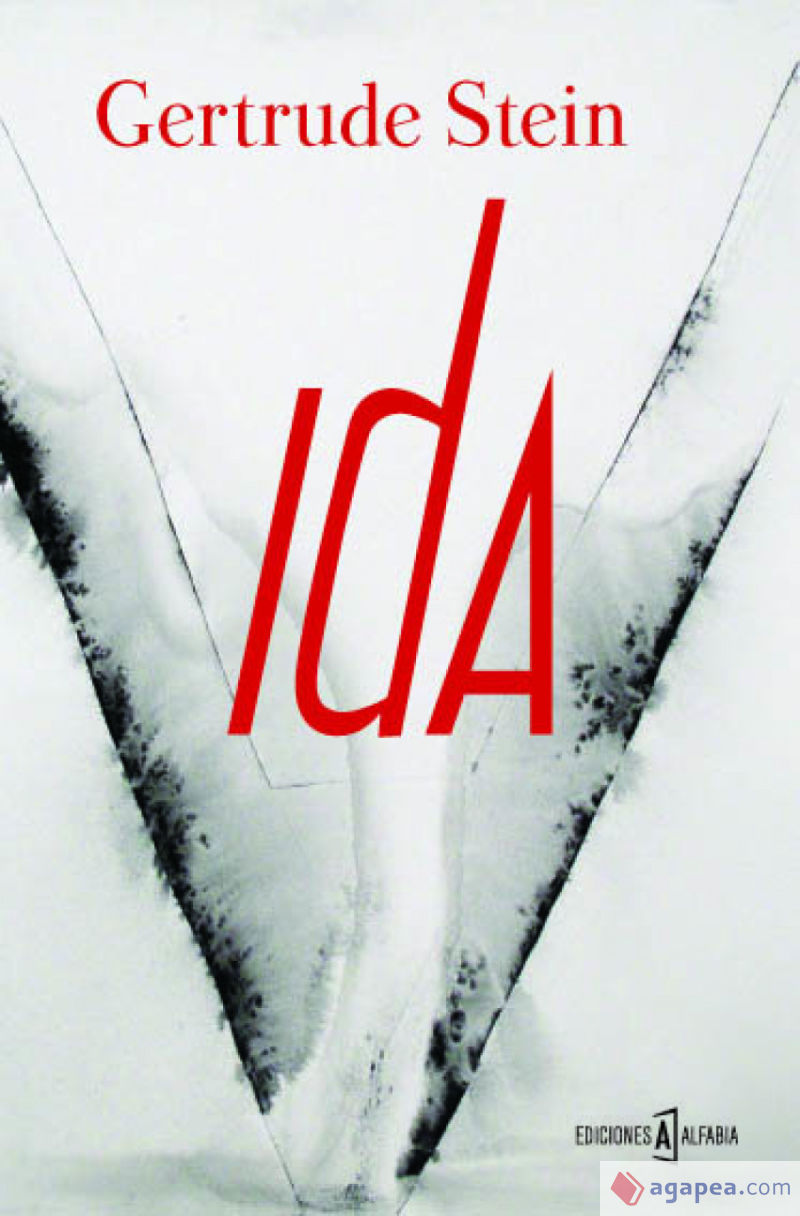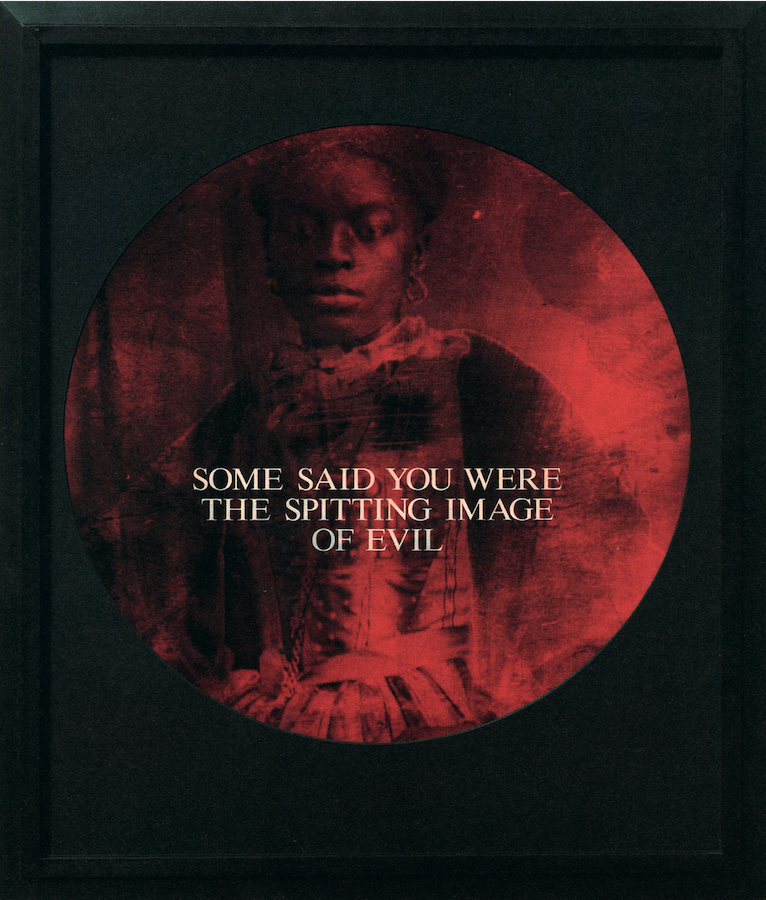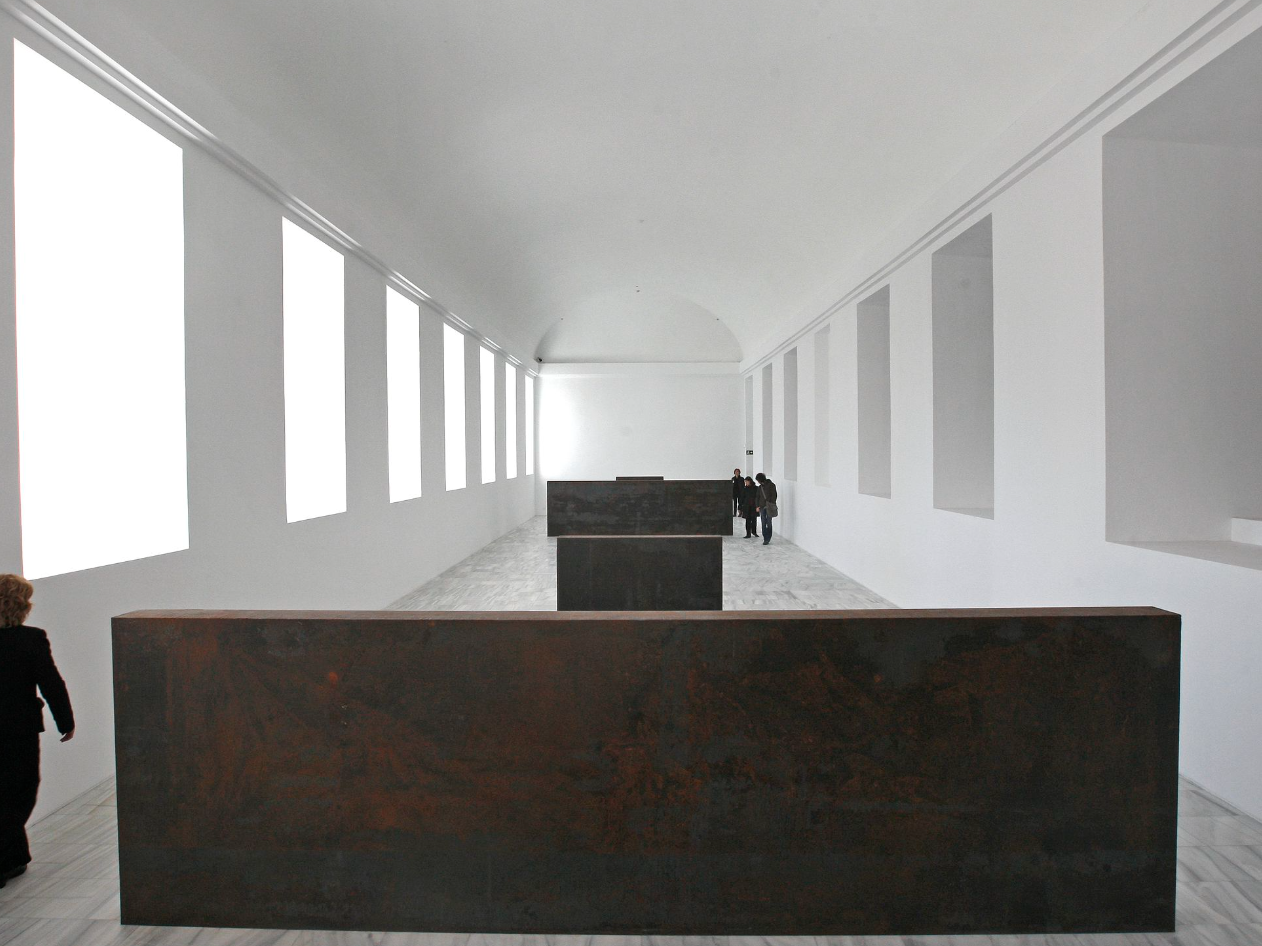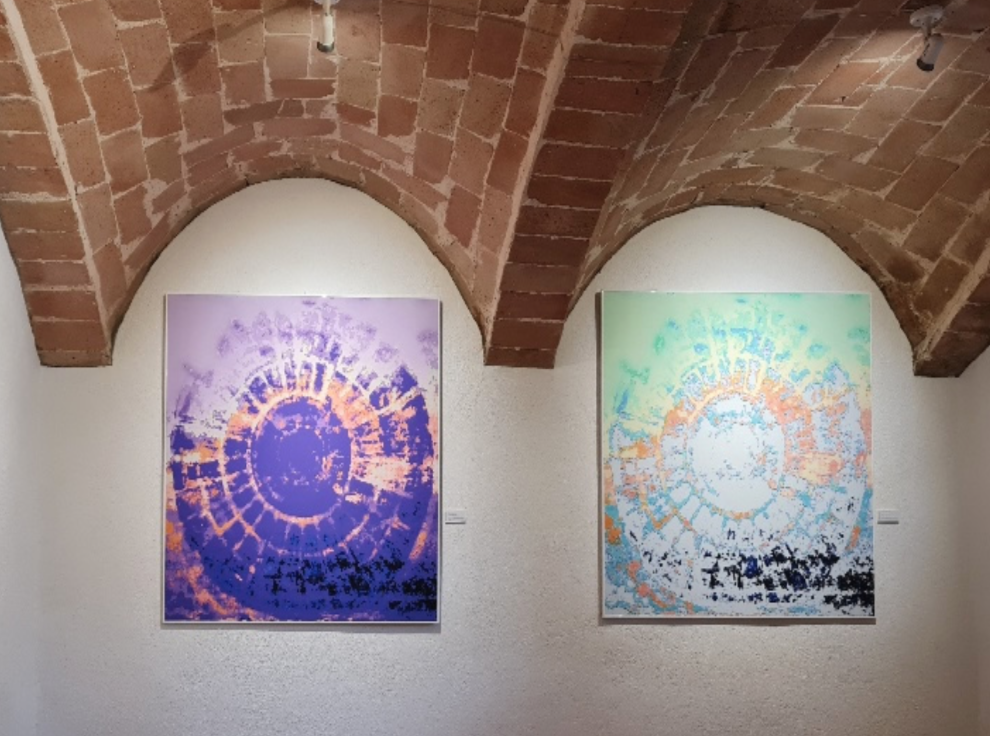Exhibitions
Miquel Barceló exhibits his most recent work in Paris: "Grisailles"
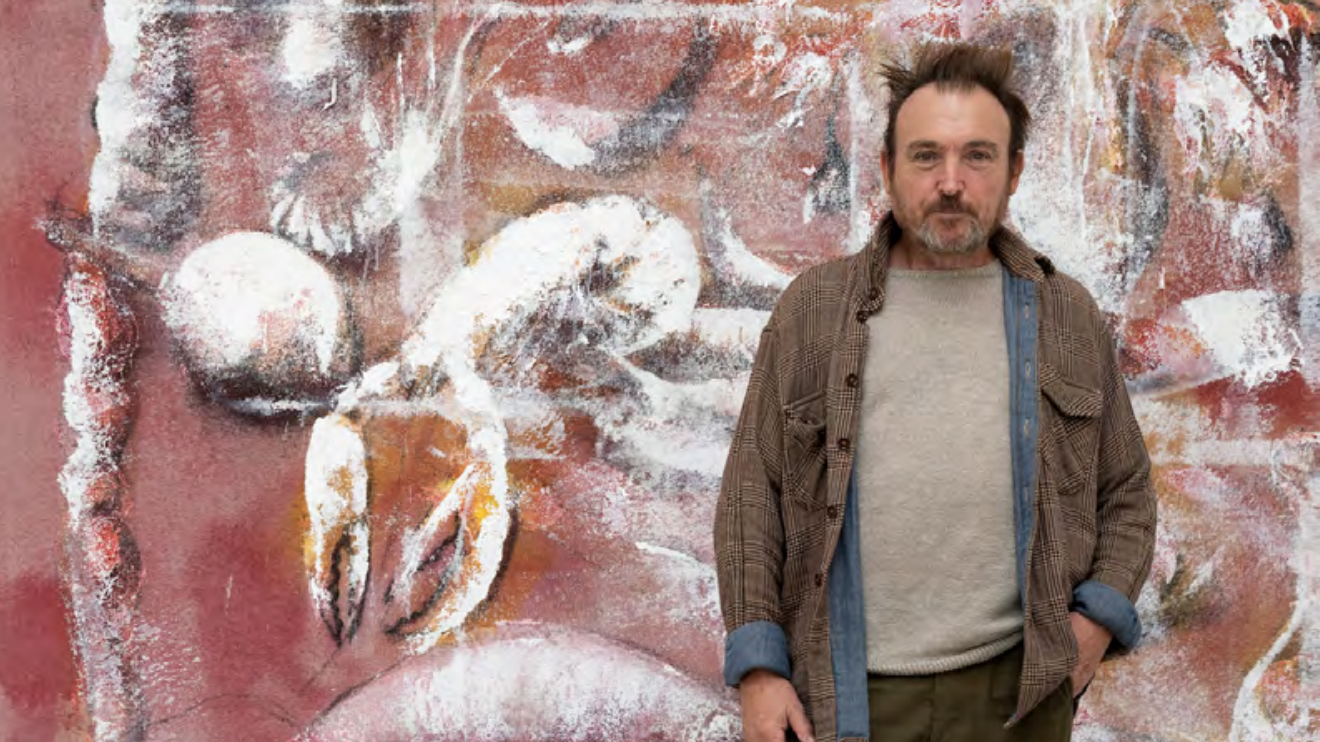
Grisailles is the title of the exhibition that Miquel Barceló (Felanitx, 1957) is opening at the Thaddaeus Ropac gallery in Paris, which can be visited until January 7, 2023. This exhibition is the result of his work carried out after the period of confinement and until today, creations that he has composed in the workshop through the use of grisaille, a black and white technique that produces the feeling of sculptural relief and lightness in his scenes and that had its origin in the century XIV. Barceló presents in the exhibition a series of large-scale still lifes in which appear sea creatures, flowers and bones born from his new monochromatic palette, as well as bulls and wild animals in translucent layers of color that pay homage to this pictorial tradition, details the French gallery. Between 17th century Dutch painting and Spanish still life, the Mallorcan artist now offers a new vision of the still life rooted in his own relationship with the sea, the instinct of survival and the cycle of life, resuming traditional codes of the genre and inviting the viewer to participate in a curious banquet through them and the very notion of abundance.
Known for the sedimented and richly textured surfaces of his works, Barceló takes a different approach in this exhibition, adopting a variation on the traditional grisaille tendency, where translucent layers of color are applied over a monochromatic background. The result is a group of more airy and loosely composed paintings than the artist's earlier treatment of still lifes, allowing the grain of the canvas to show through the thin layers of red, pink, blue and yellow ink and acrylic. The absence of relief and the blurred outlines of the objects depicted by the artist give the paintings a sense of mystery and timelessness, suspending them somewhere between dream and reality somewhere between dream and reality. As a later image, they could evoke, as Barceló describes it, "a Pompeian table [...] or the frozen ashes of things." Among the objects and creatures on display can be found a series of highly symbolic elements reminiscent of the vanitas genre that was popularized in the Renaissance as a warning against overindulgence. Empty shells, skulls and open books act as memento mori, reminding viewers of their own mortality. These are contrasted with the plant elements on the tables: bouquets of flowers and dry palm leaves, which symbolize life and rebirth. Through the works on display, the banquet is populated with creatures that the artist catches himself on the island where he lives and works. Eels and octopuses, shrimps and lobsters connect the scene with nature, all suggesting a commentary on the precariousness of fullness and the value of a deep connection with the earth.
In addition, the Louvre museum includes one of his grisailles in Les choses (The Things), a major retrospective in Paris, the first since 1952 on the still life, which can be visited until January 23. This author's exhibition conceived by Laurence Bertrand Dorléac proposes a new vision of a long-scorned genre, such as the still life, under a title that is at least questionable. The representation of the world of things, something we find since prehistoric times, allows us to make a wonderful immersion in the history of humanity. And the artists were the first to take the "things" seriously. These have known how to recognize them, give them life and make them interesting by exalting the forms, the sense, the power, the charm. Likewise, they have also managed to capture the capacity they have to make us imagine, believe, doubt, dream, react. In Les choses (The things), a rethinking of the genre of still life is carried out based on the constant dialogue that is established between the artists of the past and the artists of the present. Considering our attachment to them, our relationship with material possessions is also addressed. The exhibition reviews the entire history of art: from prehistoric axes to Marcel Duchamp's found objects or readymades, passing through Chardin and Manet.





